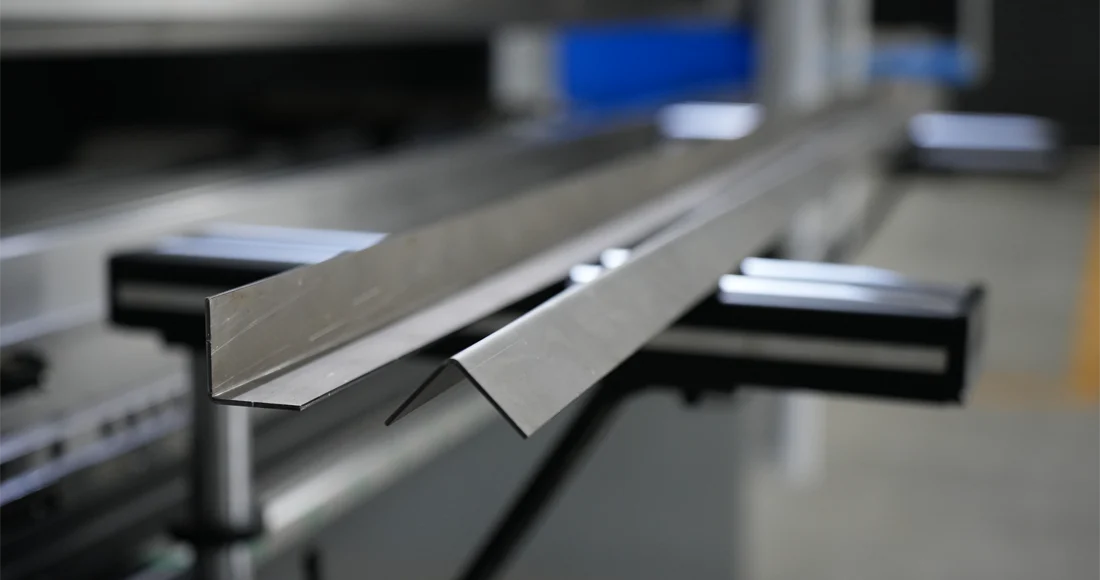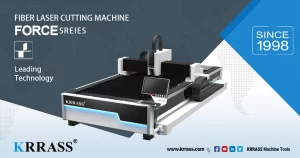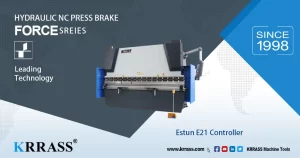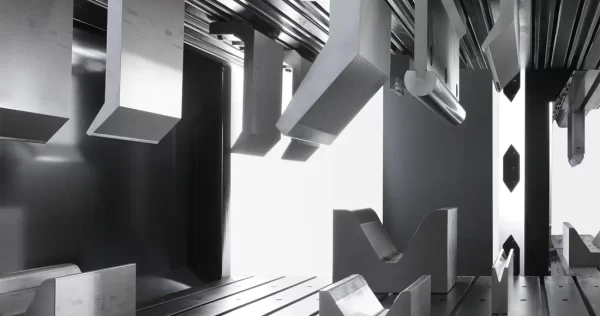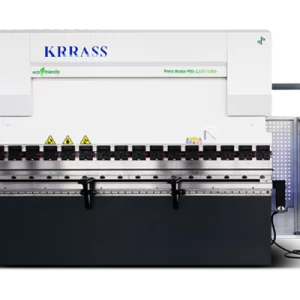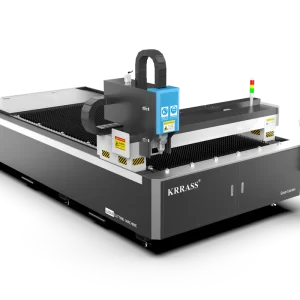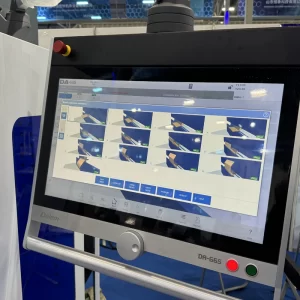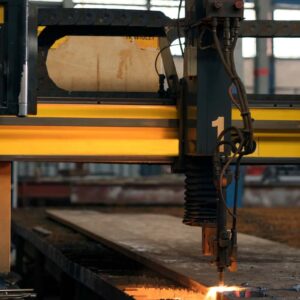Welcome to the definitive guide on choosing the ideal press brake for your metal fabrication needs. In this comprehensive article, we’ll navigate through key considerations, pitfalls, and expert tips to ensure you make an informed decision. Let’s embark on the journey of precision and efficiency in metal bending.
1. Importance of Choosing the Right Press Brake
In the intricate world of metal fabrication, the press brake stands as a crucial player, shaping the outcome of your projects. The decision to invest in the right press brake is more than just a practical one; it’s a strategic move that impacts the efficiency, precision, and overall success of your operations.
Choosing the right press brake isn’t merely about selecting a machine; it’s about aligning your manufacturing goals with the capabilities of the equipment. The consequences of a wrong choice can resonate throughout your production process, affecting product quality, timelines, and, inevitably, your bottom line.
Enhanced Precision and Efficiency
One of the paramount reasons for careful consideration is the direct impact on precision and efficiency. The right press brake, tailored to your specific needs, ensures that each bend is executed with utmost accuracy. This not only reduces material wastage but also elevates the overall quality of your fabricated components.
Efficiency is the heartbeat of any manufacturing operation. A well-matched press brake streamlines your workflow, enabling you to meet tight deadlines and handle intricate designs with ease. It’s not just a machine; it’s a catalyst for increased productivity.
Adaptability for Diverse Projects
Every project comes with its own set of challenges and specifications. The right press brake is a versatile companion that adapts to the unique demands of each job. From thin sheets to heavy plates, from simple bends to complex contours, it becomes an indispensable tool in your arsenal.
Investing in a press brake with a wide range of capabilities ensures that you’re prepared for the diverse landscape of the metal fabrication industry. It’s not just about meeting current requirements; it’s about future-proofing your operations.
Cost-Efficiency in the Long Run
While the upfront cost of a press brake may be a consideration, the long-term cost-efficiency is where the true value lies. The right machine, designed to last and perform consistently, proves to be a wise investment over time. It minimizes downtime, reduces maintenance costs, and contributes to a smoother, more cost-effective production process.
Consider it as a partnership — the right press brake becomes a reliable ally in your journey, ensuring that your investment pays off in dividends through increased efficiency and reduced operational costs.
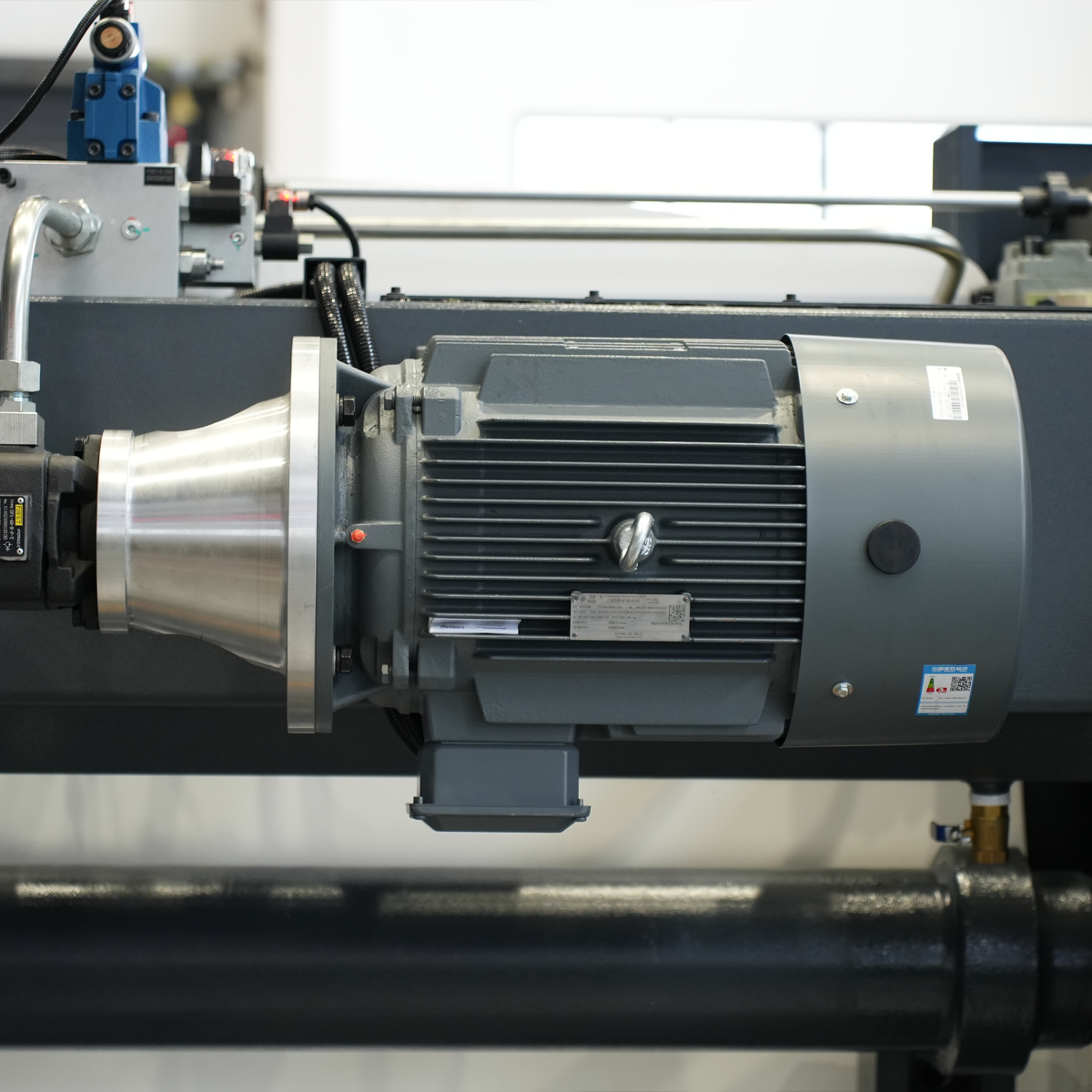
2. Primary Factors to Consider When Buying a Press Brake
Now that we’ve established the importance of selecting the right press brake, let’s delve into the key factors that should shape your decision-making process. Each of these factors plays a crucial role in determining how well the press brake aligns with your unique manufacturing requirements.
1. Tonnage Capacity
The tonnage capacity of a press brake is a fundamental consideration. It dictates the amount of force the machine can exert during the bending process. Choosing the right tonnage ensures that the press brake can handle the thickness and material of your workpieces effectively. Too little tonnage may result in incomplete bends, while excessive tonnage can lead to unnecessary wear and tear.
2. Bending Length
The bending length is the maximum length of the material that the press brake can bend. Understanding the typical size of your components is crucial to ensure that the press brake accommodates your specific project requirements. A press brake with an adequate bending length provides the flexibility needed for a diverse range of projects.
3. Type of Press Brake
Press brakes come in various types, each designed for specific applications. The two primary types are hydraulic and mechanical. Hydraulic press brakes offer precision and versatility, while mechanical press brakes are known for their speed and power. Choosing the right type depends on your production needs and the nature of your projects.
More Reading: Electric Press Brake VS Hydraulic Press Brake: Which One Right for You?
4. Precision
Precision is paramount in metal fabrication. The press brake’s ability to achieve accurate bends, consistent angles, and repeatability is crucial for producing high-quality components. Look for features such as CNC controls and advanced backgauge systems that contribute to enhanced precision, ensuring that each bend meets your exact specifications.
5. Material Thickness
The thickness of the materials you work with directly influences the press brake’s performance. Ensure that the machine’s capacity aligns with the range of material thicknesses in your projects. This consideration is integral to achieving optimal results without compromising the structural integrity of the components.
6. Bend Complexity
Consider the complexity of your bends. Some projects require simple, straightforward bends, while others demand intricate shapes and multiple bends. The press brake’s tooling and design play a pivotal role in handling various bend complexities. Choose a machine that caters to the specific bending requirements of your projects.
7. Production Efficiency
Efficiency is a key factor in any manufacturing environment. Assess the press brake’s speed, setup time, and overall workflow to determine its impact on your production efficiency. A well-designed machine contributes to streamlined operations, reducing downtime and maximizing output.
8. Operator Skill Level
Consider the skill level of your operators. Some press brakes are equipped with user-friendly controls and automation features, making them suitable for operators with varying levels of expertise. Investing in a press brake that aligns with your team’s skill set ensures smoother integration and maximizes the machine’s capabilities.
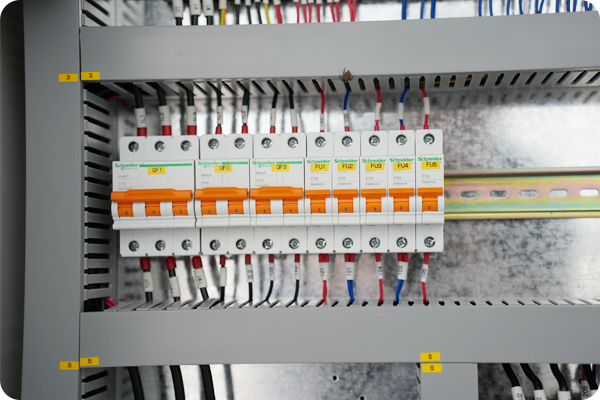
3. Secondary Factors to Consider For the Right Press Brake
As we navigate the landscape of press brake selection, it’s essential to explore the secondary factors that contribute to the overall functionality, safety, and convenience of the machine. These considerations complement the primary factors discussed earlier, forming a comprehensive guide for your decision-making process.
1. Press Brake Configuration
The configuration of the press brake encompasses its design, structure, and additional features. Consider whether a standard or customized configuration suits your specific needs. Some manufacturers offer configurable options to tailor the press brake to your exact requirements, ensuring optimal performance for your unique projects.
2. Type of Bending
The type of bending your projects demand influences the choice of press brake. Different configurations, such as synchronized, tandem, or tandem-trio, cater to specific bending requirements. Understanding the nuances of each type ensures that the press brake aligns seamlessly with the intricacies of your fabrication tasks.
3. Safety Features
Safety is paramount in any industrial setting. Evaluate the safety features integrated into the press brake. Look for elements such as laser guards, emergency stop buttons, and safety light curtains. Prioritizing safety not only protects your operators but also contributes to a smoother and more reliable production environment.
4. Backgauge
The backgauge system plays a crucial role in achieving precision and repeatability. Assess the type and functionality of the backgauge, as it directly impacts the accuracy of your bends. A robust backgauge system enhances the overall efficiency of the press brake, especially in projects with multiple bends and complex geometries.
5. Maintenance and Support
Consider the maintenance requirements of the press brake and the support offered by the manufacturer. Regular maintenance ensures the longevity and consistent performance of the machine. Additionally, comprehensive support from the manufacturer, including training programs and readily available spare parts, contributes to a reliable and well-maintained press brake.
6. Price
While price is a secondary factor, it’s undeniably a crucial one. Evaluate the cost of the press brake in relation to your budget and the long-term value it provides. Consider the overall return on investment, factoring in not just the initial cost but also the operational efficiency and durability of the machine.
7. Warranty
A warranty is a testament to the manufacturer’s confidence in the quality of their press brake. Assess the warranty period and coverage, as it provides a safety net for unexpected issues. A comprehensive warranty reflects the manufacturer’s commitment to customer satisfaction and product reliability.
8. Installation and Training
Smooth integration into your workflow requires efficient installation and operator training. Consider the support provided by the manufacturer in terms of installation services and training programs. A well-trained operator ensures optimal utilization of the press brake, maximizing its capabilities.
9. Controller Software
The controller software is the brain of the press brake. Evaluate the user interface, programming capabilities, and compatibility with your existing systems. Intuitive and feature-rich software enhances the overall user experience and contributes to precise and efficient bending operations.
10. Space Requirements
Consider the physical space available in your facility. The press brake should fit seamlessly into your layout without causing disruptions to workflow. Assess the machine’s footprint and any additional space requirements for maintenance and operator access.
11. Manufacturer Reputation
The reputation of the manufacturer speaks volumes about the quality of their products. Research the manufacturer’s track record, customer reviews, and industry standing. A reputable manufacturer not only ensures a high-quality press brake but also signifies ongoing support and innovation in their offerings.
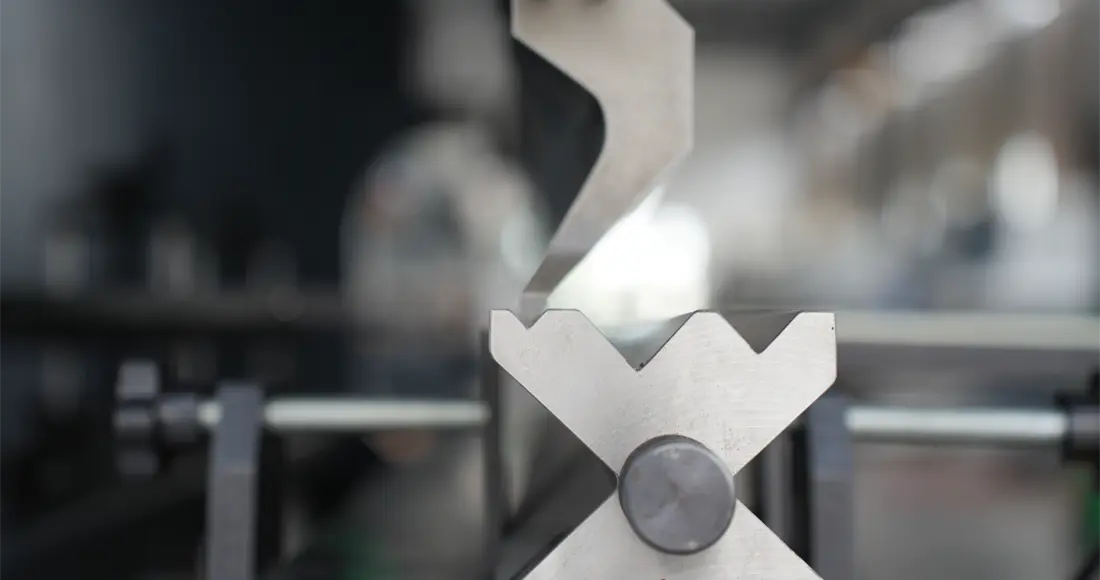
4. Common Pitfalls When Buying a Press Brake
While the journey to finding the perfect press brake is essential, it’s equally crucial to be aware of potential pitfalls that could hinder your decision-making process. Avoiding these common mistakes ensures that your investment aligns seamlessly with your production needs, paving the way for long-term success in metal fabrication.
1. Ignoring Specific Project Requirements
One of the most common pitfalls is overlooking the unique requirements of your projects. Each fabrication task comes with its own set of challenges, and choosing a press brake without considering these intricacies can lead to inefficiencies and suboptimal results. Always assess the specific needs of your projects and select a press brake that aligns with the materials, thicknesses, and complexities you regularly encounter.
2. Overlooking Operator Training
No matter how advanced a press brake is, its effectiveness depends on the operator’s skill. Neglecting operator training can lead to underutilization of the machine’s capabilities, reduced efficiency, and increased chances of errors. Ensure that your team receives comprehensive training to harness the full potential of the press brake and maintain a smooth production workflow.
3. Sacrificing Quality for Price
While cost is a crucial factor, sacrificing quality for a lower price can be a costly mistake in the long run. Press brakes of subpar quality may result in frequent breakdowns, increased maintenance costs, and compromised product quality. Consider the overall value and return on investment rather than opting for the cheapest option available.
4. Neglecting Future Expansion
Your business is likely to evolve, and your press brake should evolve with it. Neglecting to consider future expansion and changing production needs can lead to outgrowing your equipment prematurely. Choose a press brake that allows for scalability and can adapt to the evolving demands of your metal fabrication projects.
5. Underestimating Space Requirements
Space constraints can significantly impact the efficiency of your metal fabrication workflow. Underestimating the space requirements of the press brake, including maintenance and operator access, can lead to operational bottlenecks and safety concerns. Prioritize a thorough assessment of your facility’s layout to ensure seamless integration of the press brake into your workspace.
6. Neglecting Support and Maintenance
Even the most advanced press brakes require regular maintenance and reliable support. Neglecting to consider the availability of spare parts, maintenance services, and ongoing support from the manufacturer can result in prolonged downtimes and increased operational costs. Choose a press brake from a manufacturer with a robust support system to ensure consistent and reliable performance.
7. Disregarding Safety Features
Ensuring a safe working environment is non-negotiable in metal fabrication. Disregarding the importance of safety features in a press brake can lead to accidents, injuries, and regulatory issues. Prioritize machines equipped with advanced safety features, such as emergency stop buttons, laser guards, and safety light curtains, to safeguard both your operators and the integrity of your operations.
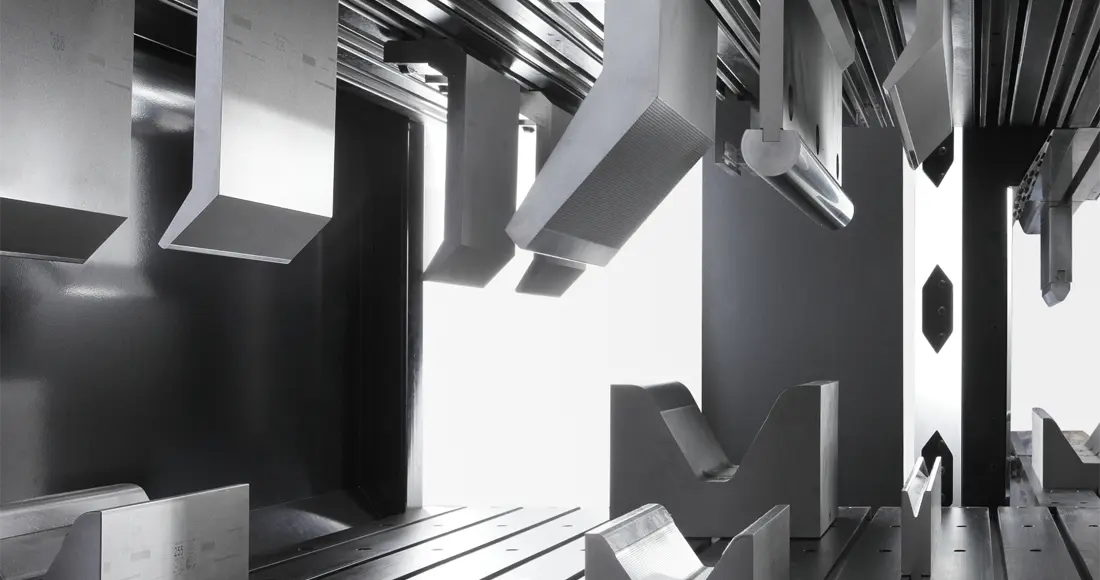
5. How to Choose the Right Press Brake Manufacturer
Choosing the right press brake is not just about the machine itself; it’s equally about selecting the right manufacturer. The manufacturer plays a pivotal role in the overall quality, support, and reliability of your investment. Here’s a guide on how to navigate the process of choosing the right press brake manufacturer for your metal fabrication needs.
1. Research Manufacturer Reputation
Begin your journey by researching the reputation of potential press brake manufacturers. Look for reviews, testimonials, and industry feedback. A manufacturer with a positive reputation is likely to deliver high-quality machines and provide excellent customer support. Check for any awards, certifications, or recognitions in the industry, as these can be indicators of a manufacturer’s commitment to quality.
2. Evaluate Experience and Expertise
Experience speaks volumes in the manufacturing industry. Evaluate how long a manufacturer has been in business and their expertise in producing press brakes. An experienced manufacturer is more likely to understand the intricacies of metal fabrication, resulting in well-designed and reliable press brake solutions.
3. Assess Product Range and Customization Options
Examine the range of press brakes offered by the manufacturer. A diverse product range indicates flexibility and adaptability to different fabrication needs. Additionally, assess the customization options available. A manufacturer that allows for customization ensures that the press brake can be tailored to your specific project requirements, enhancing its overall suitability for your operations.
4. Investigate Technological Advancements
Stay abreast of technological advancements in the press brake industry. A forward-thinking manufacturer incorporates the latest technologies into their machines, enhancing precision, efficiency, and overall performance. Features such as CNC controls, advanced backgauge systems, and smart automation contribute to a more sophisticated and user-friendly press brake.
5. Consider After-Sales Support
After-sales support is a critical aspect of choosing a press brake manufacturer. Inquire about the availability of spare parts, maintenance services, and technical support. A manufacturer with a robust after-sales support system ensures that your press brake remains operational and performs optimally throughout its lifecycle.
6. Explore Training Programs
Operator training is integral to the efficient and safe operation of a press brake. Assess the training programs offered by the manufacturer. A manufacturer committed to customer success provides comprehensive training for operators, ensuring that your team can harness the full capabilities of the press brake from day one.
7. Review Warranty and Service Contracts
Examine the warranty offered by the manufacturer. A solid warranty is a testament to the confidence a manufacturer has in the quality of their press brakes. Additionally, inquire about service contracts that may cover maintenance, repairs, and regular inspections. A manufacturer that stands behind their product with comprehensive warranty and service contracts provides added assurance for your investment.
8. Gauge Financial Stability
The financial stability of a manufacturer is a key consideration. A financially stable manufacturer is better equipped to invest in research and development, ensuring that their press brakes remain at the forefront of technological advancements. Stability also reflects the manufacturer’s ability to provide ongoing support and fulfill warranty commitments.
Where to Buy a Press Brake Machine
As you embark on the quest for the perfect press brake, consider Krrass, China’s leading press brake manufacturer. Explore their cutting-edge machines at https://www.krrass.com/. Elevate your metal fabrication game with precision, efficiency, and unmatched quality – the hallmarks of Krrass press brakes.
Read More:
What Is a CNC Press Brake Machine and How Does It Work?

